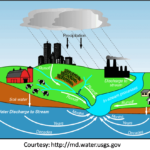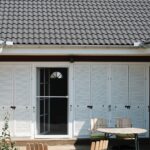Discover the Various Types of Doors and Their Functionality
From the materials used to their method of construction, doors play a vital role in the accessibility and aesthetic of a building. Whether it’s for privacy or protection, these accessible barriers provide entry to the inside of a room, allowing for seamless connectivity throughout a building’s internal layout.
Let’s explore the 34 types of doors and their unique characteristics that make them a crucial component of building design, each with their own specific functions and characteristics. These types of doors are based on the type of door openings, materials, applications, purposes etc.
Some common types of doors include:
1. Hinged doors
Hinged doors are the most common type of door and are hinged on one side. They are often used for interior and exterior applications and can be made from a variety of materials, such as wood, steel, or fiberglass. Hinged doors are easy to install and provide a classic look.
Benefits: Easy to install, classic look, versatile
Applications: Residential, commercial, and industrial buildings
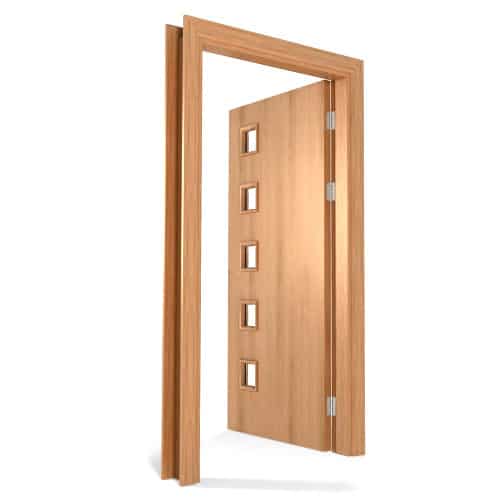
2. Pocket doors
Pocket doors slide into a pocket in the wall, making them a great space-saving option. They are often used for interior applications and can provide a seamless look in a room.
Benefits: Space-saving, seamless look
Applications: Residential buildings, small spaces
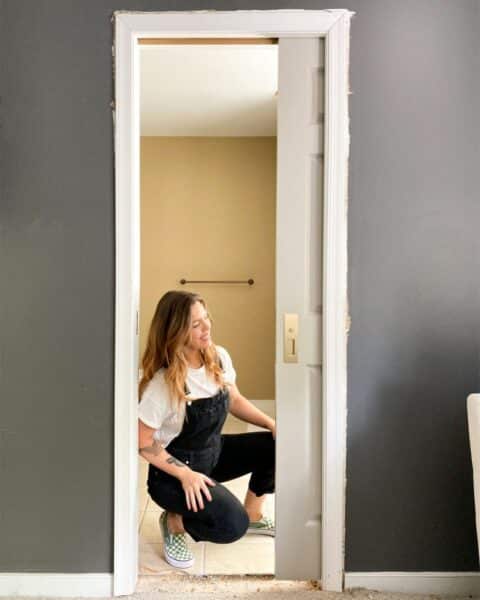
3. Sliding doors
Sliding door is a type of doors that slide along a track and are often used for interior and exterior applications. They are a popular option for closets, patios, and commercial spaces.
Benefits: Space-saving, easy to use
Applications: Residential, commercial, and industrial buildings

4. French doors
French doors consist of two hinged panels that swing open, providing a wide opening. They are often used for exterior applications, such as patios or balconies, and can provide a classic and elegant look.
Benefits: Wide opening, elegant look
Applications: Residential buildings, commercial spaces with outdoor access
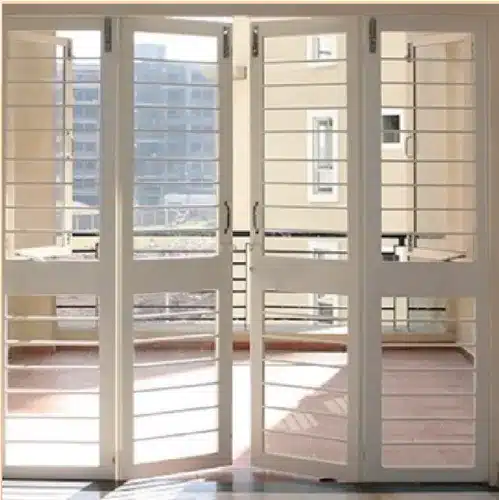
5. Dutch doors
Dutch door is a type of doors divided into two panels that can be opened separately. They are often used for exterior applications, such as entryways, and provide a classic and traditional look.
Benefits: Versatile, classic look
Applications: Residential buildings, commercial spaces with outdoor access
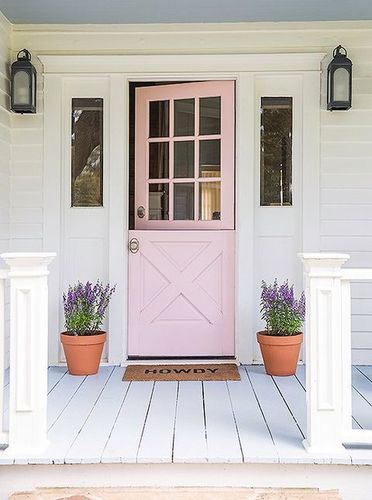
6. Pivot doors
Pivot doors rotate on a pivot hinge instead of being hinged on one side. They provide a unique and modern look and are often used for interior and exterior applications.
Benefits: Unique look, modern design
Applications: Residential and commercial buildings with modern design

7. Bi-fold doors
Bi-fold doors fold in half and stack against each other, creating a larger opening. They are often used for exterior applications, such as patios, and provide a modern and versatile look.
Benefits: Large opening, modern design
Applications: Residential and commercial buildings with outdoor access
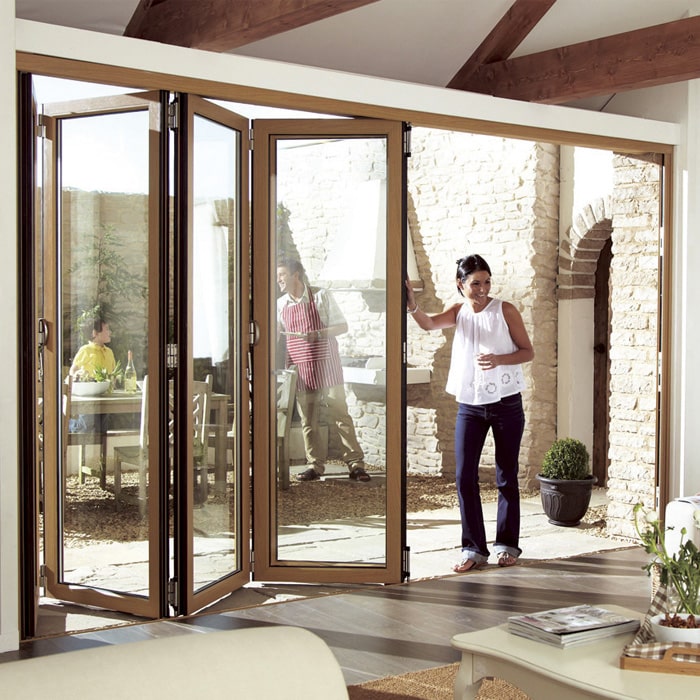
8. Louvered doors
A louvered door is a type of door for the home that is made of horizontal slats that can be adjusted for ventilation and light. They are often used for interior and exterior applications, such as closets or mechanical rooms.
Benefits: Ventilation, light control
Applications: Residential, commercial, and industrial buildings
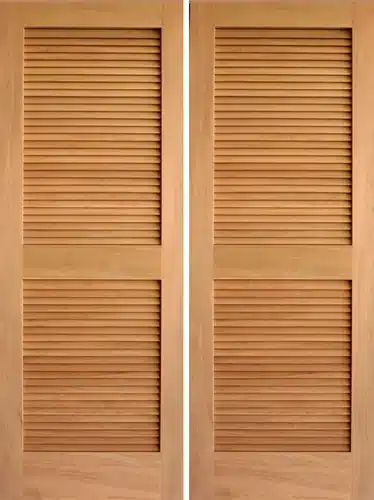
9. Accordion doors
Accordion doors fold and stack against each other, creating a large opening. They are often used for interior applications, such as room dividers, and provide a versatile and space-saving option.
Benefits: Large opening, space-saving
Applications: Residential, commercial, and industrial buildings

10. Fire-rated doors
Fire-rated doors are designed to withstand fire for a certain period of time. They are often used in commercial and industrial buildings and can provide an extra layer of safety.
Benefits: Fire protection, safety
Applications: Commercial and industrial buildings
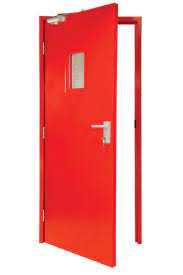
11. Soundproof doors
Soundproof doors are designed to reduce noise transmission between spaces. They are often used in music studios, theaters, or other noise-sensitive environments.
Benefits: Noise reduction, privacy
Applications: Residential, commercial, and industrial buildings with noise-sensitive environments.

12. Glass doors
Glass doors are made entirely or partially of glass and are often used in modern or contemporary buildings. They provide a sleek and modern look and can allow for natural light to flow into a space.
Benefits: Modern design, natural light
Applications: Residential and commercial buildings with modern design.

13. Steel doors
Steel doors are made entirely or partially of steel and provide durability and security. They are often used in commercial and industrial buildings and can withstand weather elements and high traffic.
Benefits: Durability, security, weather-resistant
Applications: Commercial and industrial buildings, high-traffic areas
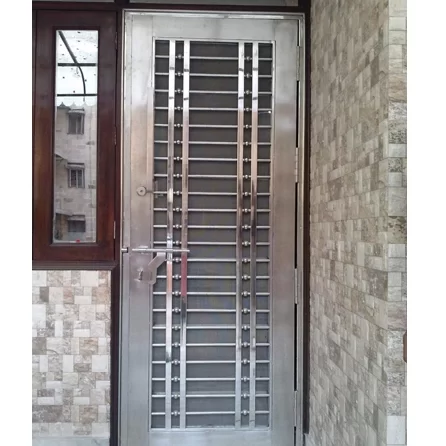
14. Wood doors
Wood doors are made entirely or partially of wood and provide a warm and classic look. They are often used in residential buildings and can be designed to fit different styles and aesthetics.
Benefits: Classic look, versatility
Applications: Residential buildings, some commercial buildings
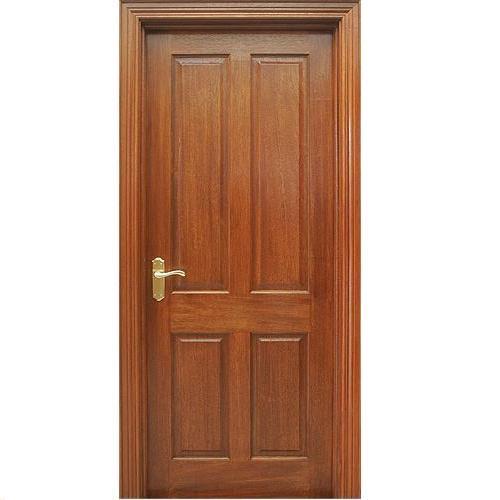
15. Fiberglass doors
Fiberglass doors are made of a composite material that is durable and weather-resistant. They are often used in exterior applications, such as entryways, and provide a low-maintenance option.
Benefits: Durability, weather-resistant, low-maintenance
Applications: Residential and commercial buildings with outdoor access
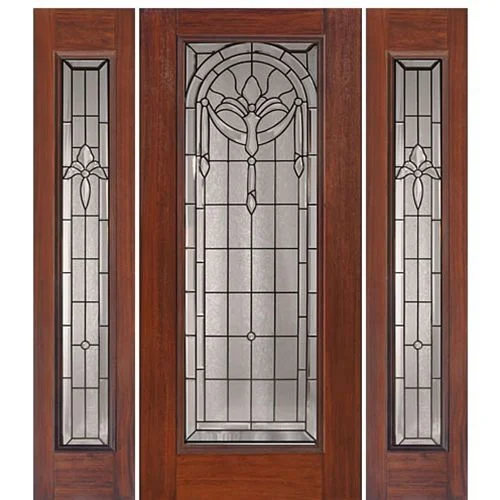
16. Aluminum doors
Aluminum doors are made entirely or partially of aluminum and provide a lightweight and durable option. They are often used in commercial and industrial buildings and can withstand high traffic and weather elements.
Benefits: Lightweight, durable, weather-resistant
Applications: Commercial and industrial buildings, high-traffic areas
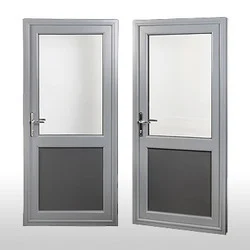
17. Automatic doors:
Automatic doors open and close automatically and are often used in commercial and industrial buildings. They provide a convenient and accessible option for people with disabilities or heavy loads.
Benefits: Convenience, accessibility
Applications: Commercial and industrial buildings, some residential buildings
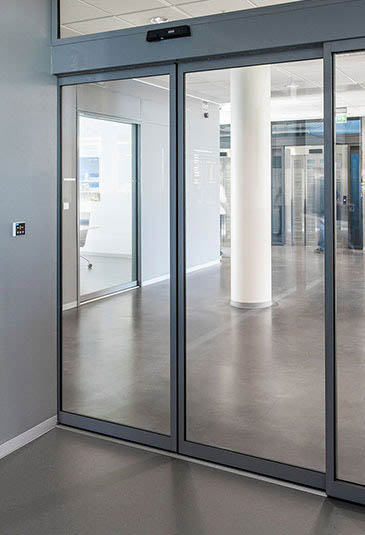
18. Revolving doors
Revolving doors consist of three or four panels that rotate around a central axis. They are often used in commercial and public buildings and provide a secure and energy-efficient option.
Benefits: Energy-efficient, secure
Applications: Commercial and public buildings

19. Storm doors
Storm doors are installed in front of exterior doors to provide extra insulation and protection from weather elements. They are often used in residential buildings and can provide an energy-efficient option.
Benefits: Energy-efficient, weather-resistant
Applications: Residential buildings
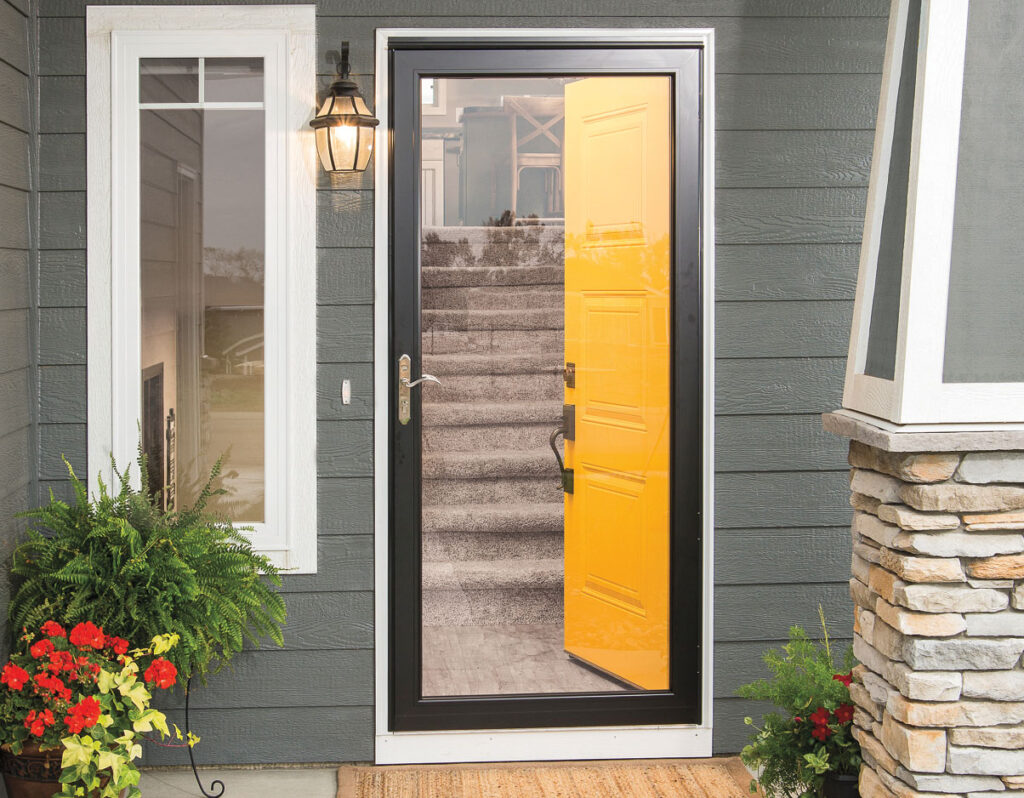
20. Dutch stable doors
Dutch stable doors consist of two panels that can be opened separately and are often used in barns and stables. They provide a classic and functional option for animal enclosures.
Benefits: Classic look, functional design
Applications: Barns, stables, animal enclosures
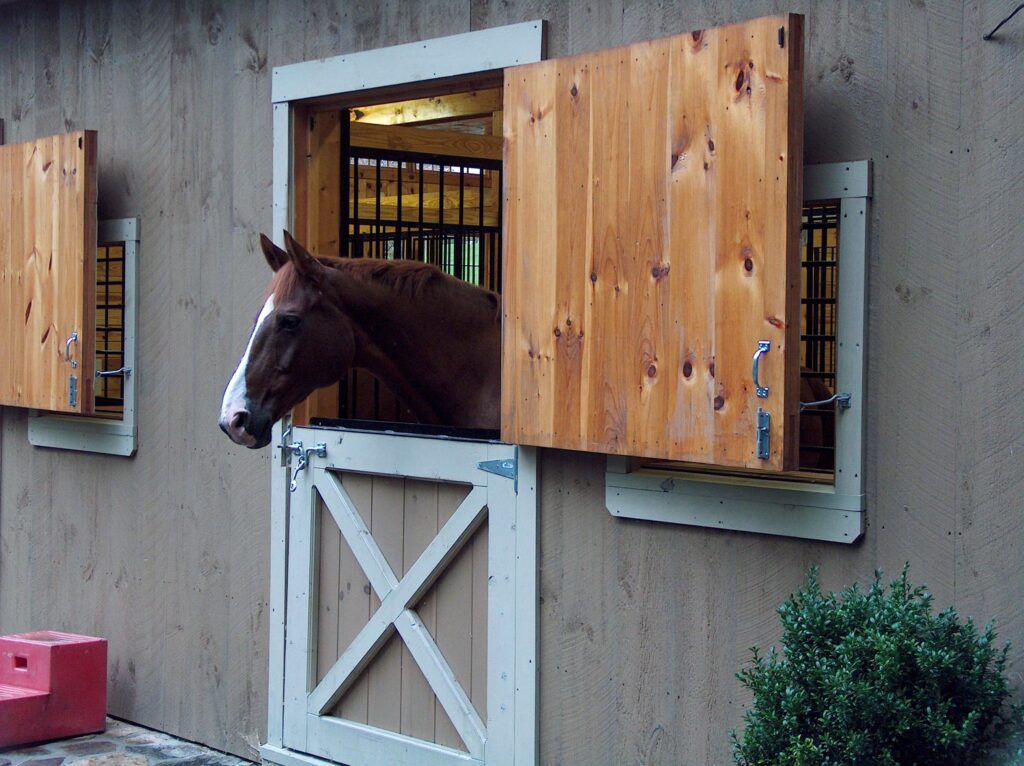
21. Flush doors
Flush doors have a flat and smooth surface and are often used for interior applications, such as closets or bathrooms. They provide a simple and modern look.
Benefits: Modern design, simple look
Applications: Residential and commercial buildings

22. Wire mesh doors
Wire mesh doors have a steel frame with a wire mesh infill and are often used in commercial and industrial buildings for security and ventilation.
Benefits: Security, ventilation
Applications: Commercial and industrial buildings
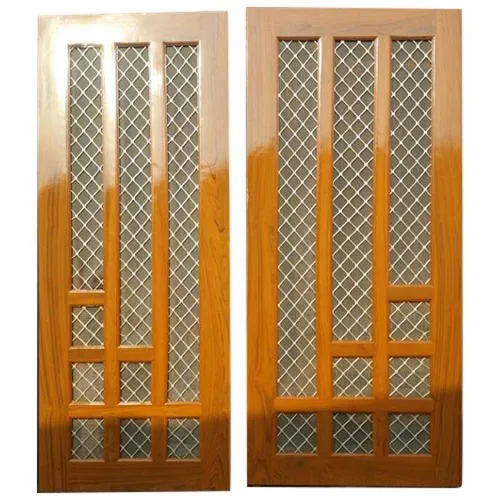
23. Folding doors
Folding doors fold in sections and stack against each other, creating a large opening. They are often used for interior and exterior applications and provide a versatile and space-saving option.
Benefits: Large opening, space-saving, versatility
Applications: Residential, commercial, and industrial buildings

24. Hatch doors
Hatch doors are used to provide access to attics, basements, or crawl spaces. They can be made from a variety of materials and provide a simple and functional option.
Benefits: Functional design, easy access
Applications: Residential and commercial buildings
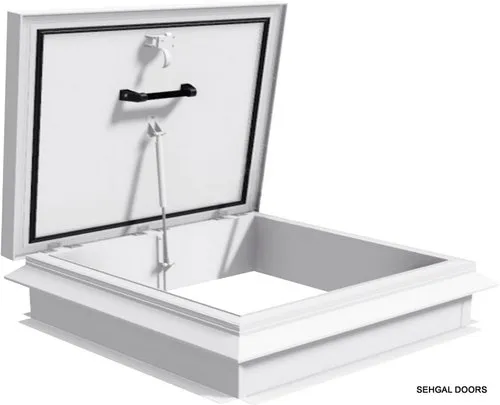
25. Barn doors
Barn doors slide on a track and are often used for interior and exterior applications. They provide a rustic and trendy look and can be made from a variety of materials, such as wood or steel.
Benefits: Trendy design, versatile
Applications: Residential and commercial buildings with a rustic or trendy aesthetic.
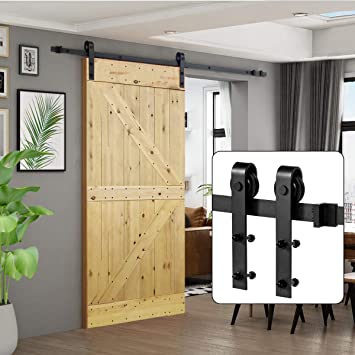
26. Acoustical doors
Acoustical doors are designed to reduce sound transmission and are often used in music studios, theaters, or conference rooms. They provide a high-performance option for noise control.
Benefits: Noise reduction, high-performance
Applications: Music studios, theaters, conference rooms
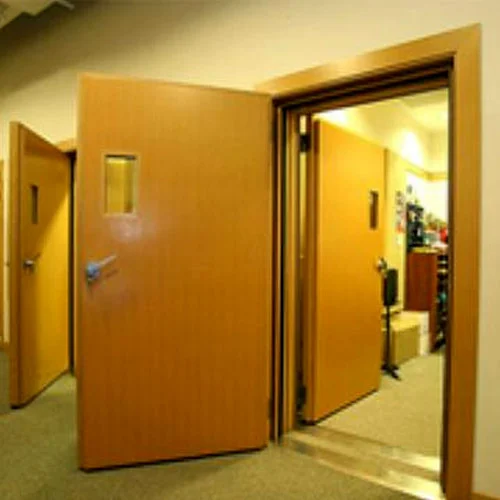
27. Security doors
Security doors are designed to provide maximum security and are often used in high-risk areas, such as banks or government buildings. They provide a reinforced and impenetrable option for protection.
Benefits: Maximum security, reinforced design
Applications: Banks, government buildings, high-risk areas

28. Cleanroom doors
Cleanroom doors are designed to meet strict hygiene standards and are often used in pharmaceutical or food processing facilities. They provide a high-performance option for cleanroom environments.
Benefits: Hygienic, high-performance
Applications: Pharmaceutical and food processing facilities

29. Blast-resistant doors
Blast-resistant doors are designed to withstand explosions and provide a secure and reinforced option for high-risk areas, such as government buildings or military facilities.
Benefits: Blast-resistant, secure
Applications: Government buildings, military facilities, high-risk areas
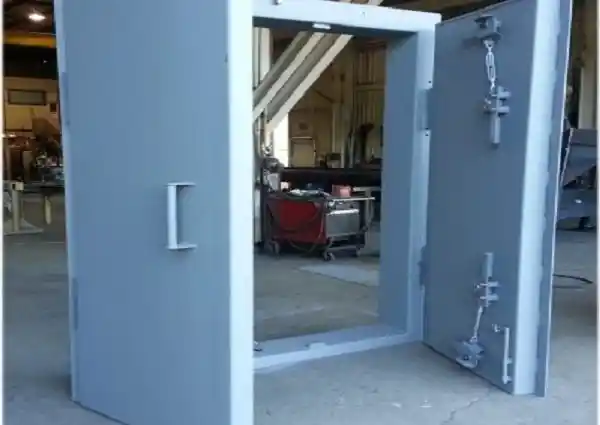
How many different types of doors are there?
What are the four main types of doors used in buildings?
1. Hinged doors: These are the most common type of door, consisting of one or more panels that swing on hinges. They are used for both interior and exterior applications.
2. Sliding doors: These doors slide along a track and are often used in areas where space is limited, such as closets or pantries.
3. Revolving doors: These doors consist of a circular arrangement of panels that rotate around a central axis, providing a continuous entrance and exit. They are often used in high-traffic areas such as hotels or office buildings.
4. Folding doors: These doors consist of multiple panels that fold in a concertina-like fashion, allowing for maximum access and space-saving. They are often used in areas with limited space, such as closets or room dividers.
What are the most common types of doors?
Some References:
- “Types of Doors Used in Building Construction” by GharPedia: https://gharpedia.com/types-of-doors-used-in-building-construction/
- “A Guide to Different Types of Doors for Your Home” by The Spruce: https://www.thespruce.com/different-types-of-doors-for-your-home-4161739
- “Types of Doors: All You Need to Know” by Bob Vila: https://www.bobvila.com/articles/types-of-doors/
- “35 Types of Doors for Your Building” by Civil Engineering Discoveries: https://www.civilengdis.com/35-types-of-doors-for-your-building/
- “Types of Doors – Comprehensive Guide” by The Constructor: https://theconstructor.org/building/types-of-doors/25043/



